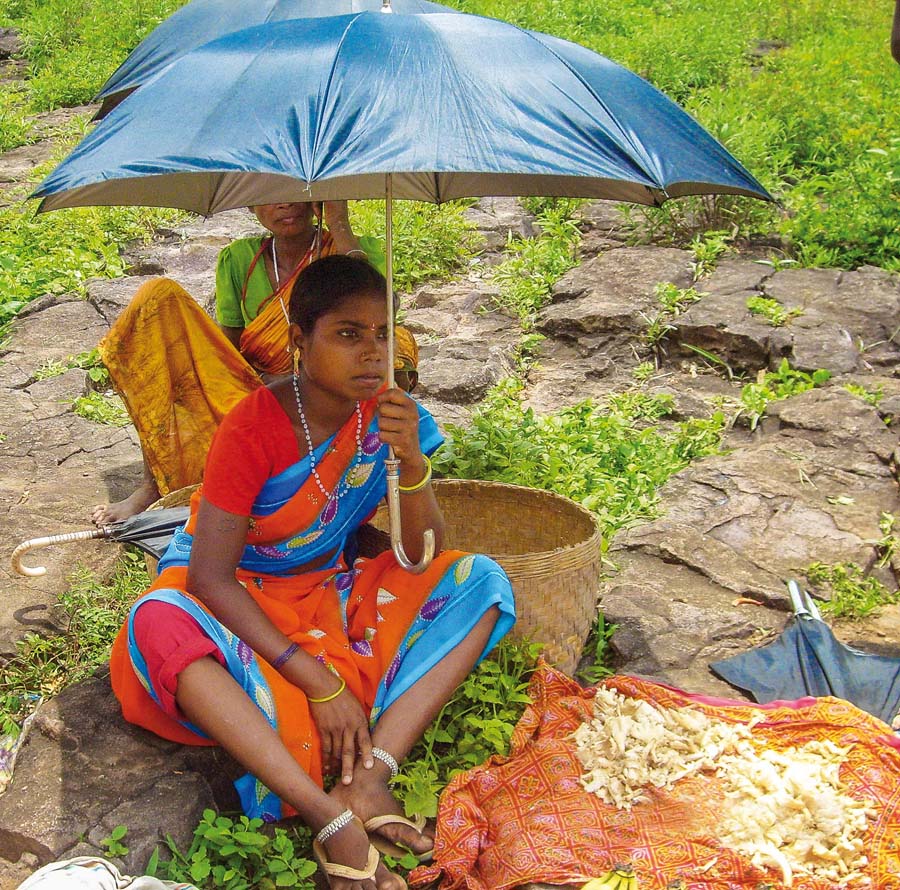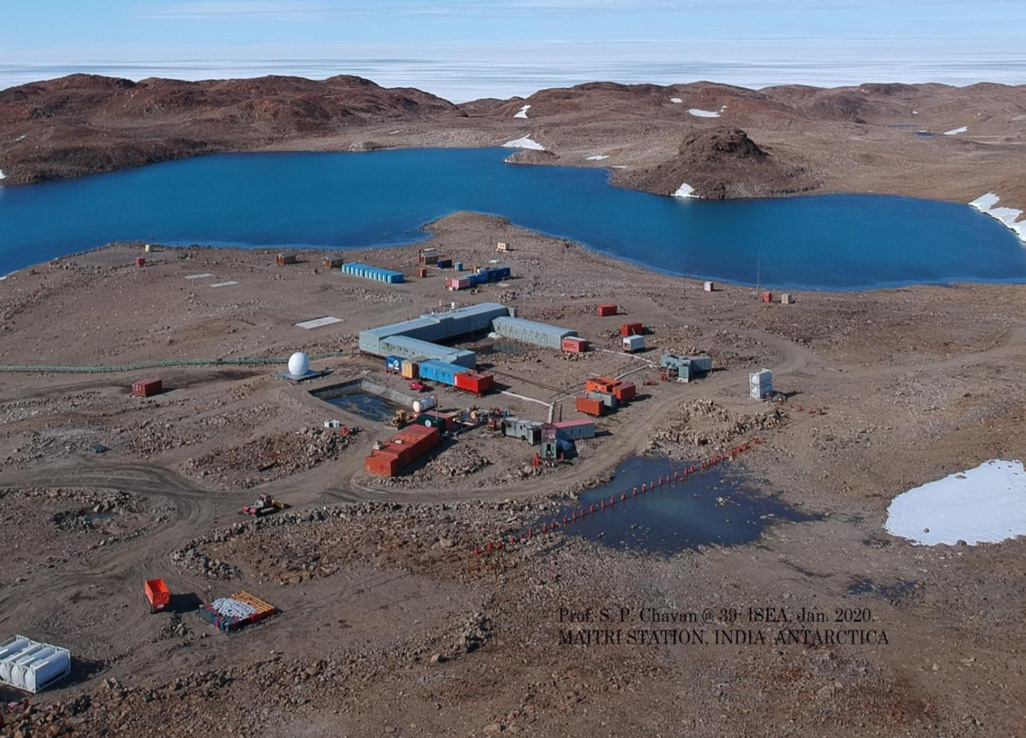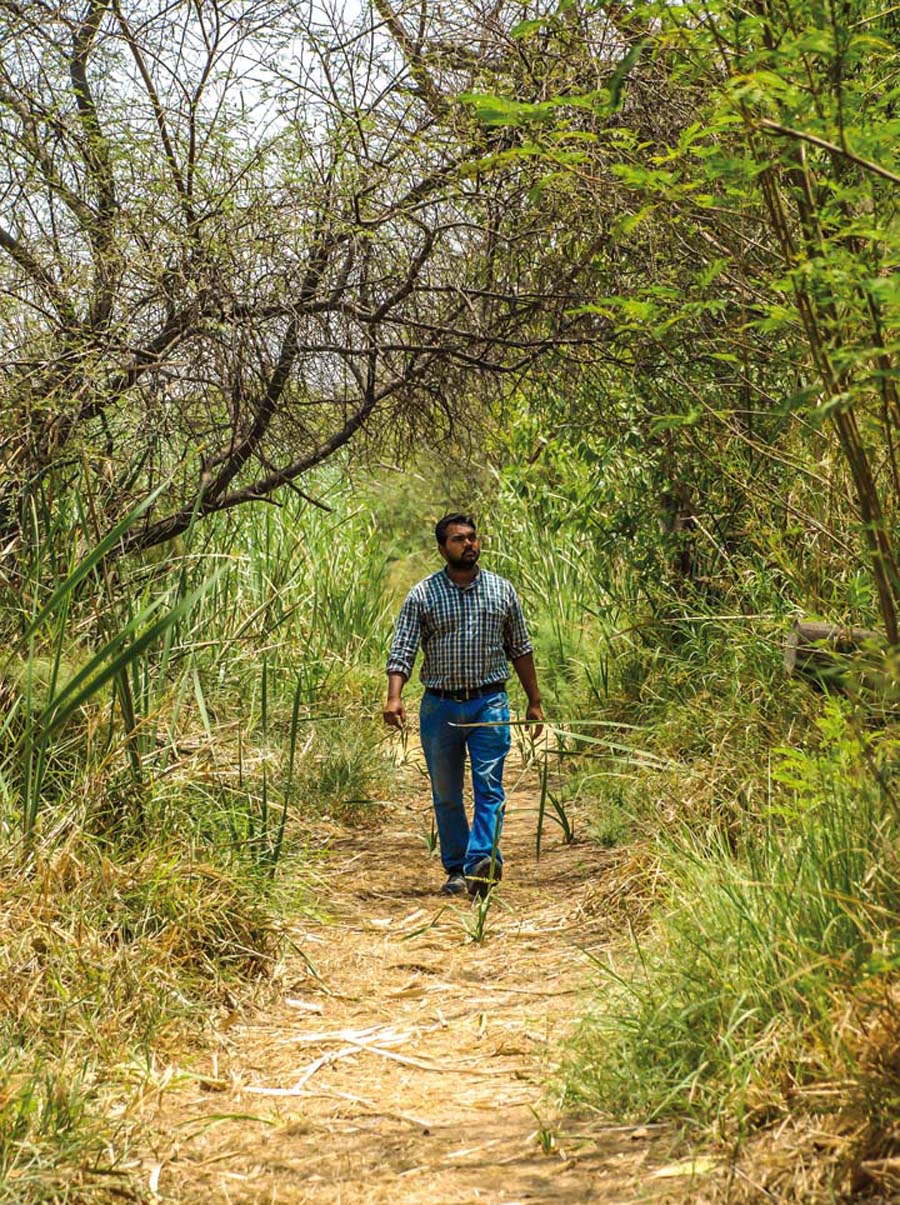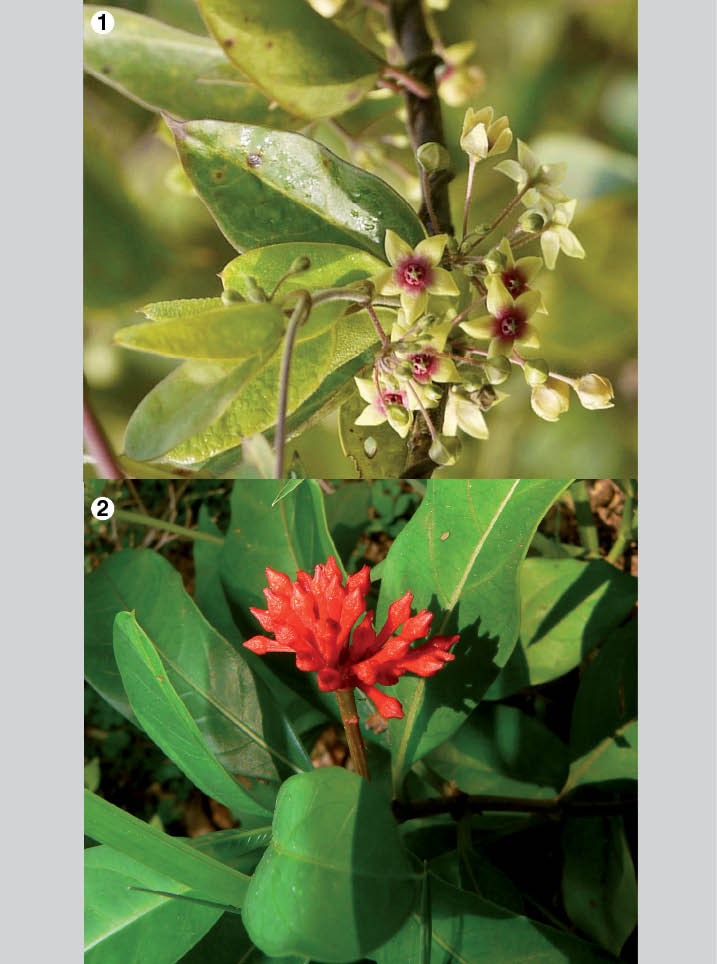Access and Benefit Sharing for Biodiversity Conservation



India is set to embark on a new chapter in its Polar exploration journey with the construction of Maitri II. The Indian government plans to establish a new research station near the existing Maitri ba...
.png )
The Deep Ocean Mission (DOM), approved by the Government of India in 2021 under the Ministry of Earth Sciences (MoES), represents a strategic step in realizing Sustainable Development Goal 14 (SDG 14:...

China recently announced restrictions on the export of seven rare earth elements (REEs), soon after US President Donald Trump decided to impose tariffs. As the world's dominant supplier—responsible fo...
Globally, there is a serious resource gap in financing biodiversity conservation. Access and benefit sharing provides for an innovative financial mechanism. In India the mechanism has helped mobilise...
The risk of climate change is universal but the poor are more vulnerable with worsening food security and exacerbating hunger in developing countries. Climate change is also likely to affect species d...
The Indian medical heritage flows in two streams—folk and scholarly. The first is an immensely diverse, ecosystem specific, community based tradition and the other a codified one, yet both are symbiot...
Antarctic and Arctic are inhabited by organisms adapted to live in extreme environmental conditions. The capabilities of these life forms offer an insight into complex life processes. India, realising...
Globally, there is a serious resource gap in financing biodiversity conservation. Access and benefit sharing provides for an innovative financial mechanism. In India the mechanism has helped mobilise around INR 110 crore.

The risk of climate change is universal but the poor are more vulnerable with worsening food security and exacerbating hunger in developing countries. Climate change is also likely to affect species distribution and increase the threat of extinction and loss of biodiversity.

The Indian medical heritage flows in two streams—folk and scholarly. The first is an immensely diverse, ecosystem specific, community based tradition and the other a codified one, yet both are symbiotically related with around 6,581 medicinal botanicals.
